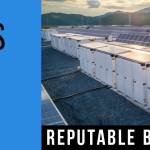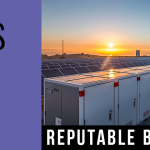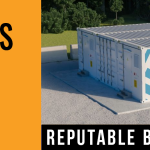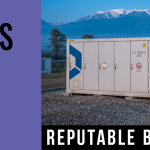
Europe’s energy storage boom stalled last year due to a slowdown in large-scale schemes designed to store clean electricity from major renewable energy projects, according to the European Association for Storage of Energy (Ease).
A new study by consultants Delta-EE for Ease found that the European market grew by a total of 1 gigawatt-hours in 2019, a significant slowdown compared with 2018, when the energy storage market exceeded expectations to grow by 1.47GWh.
The slowdown in 2019 has emerged amid rising concern that the outbreak of the coronavirus may stall the rollout of clean energy technologies in 2020, dealing a double blow to the clean energy industry.
The 2019 downturn was particularly marked for large-scale energy storage projects which connect directly to energy grids, and can help make better use of renewable energy by storing the clean electricity to use when wind and solar power is not available.
These large, utility-scale projects often require planning permission, government financial support or procurement tenders to move ahead. Meanwhile, the rollout of home battery kits, which relies far less on policy support, remained a fast-growing market.
Patrick Clerens, the Ease secretary general , said: “The message is clear: even if energy storage is a key enabler of the energy transition and clearly seen as a major tool to achieve the emissions targets linked to the Paris agreement, more support is needed.”
The report expects the EU’s clean energy package, which has legislated support for clean energy technologies, to be key to creating a framework for investing in energy storage.
Clerens said the package was “an important step” which should allow energy storage “to reach its full potential fast”.
Robin Adey-Johnson, the author of the Delta-EE report, added: “Storage remains a young market and the regulatory landscape is trying to catch up. So, year-on-year fluctuations in market growth are not unexpected. But we see strong underlying drivers and we expect further market expansion in the early 2020s as regulation stabilises and revenue streams mature.”
read more











